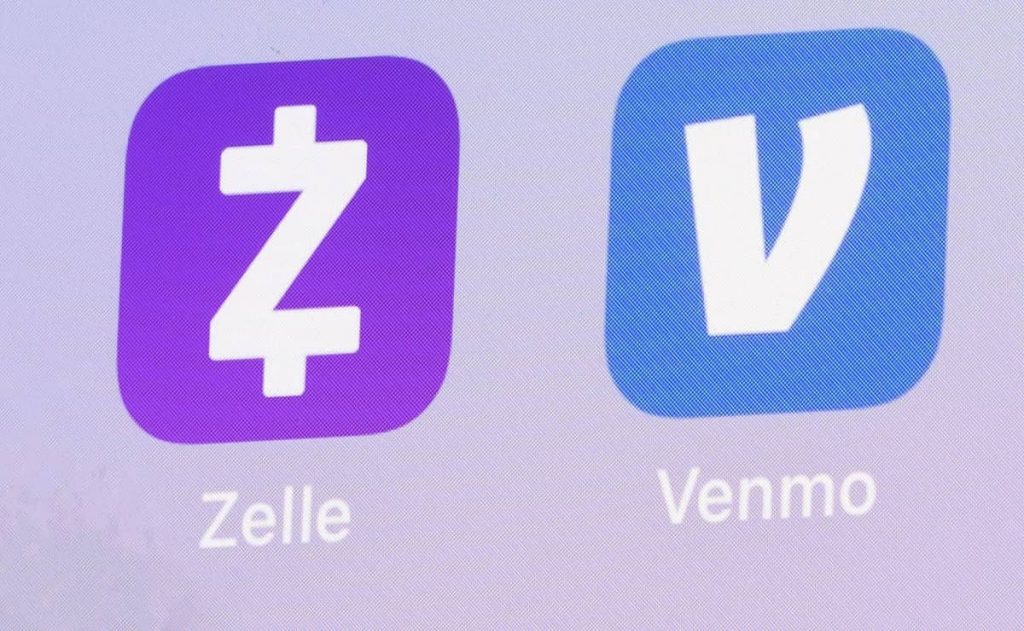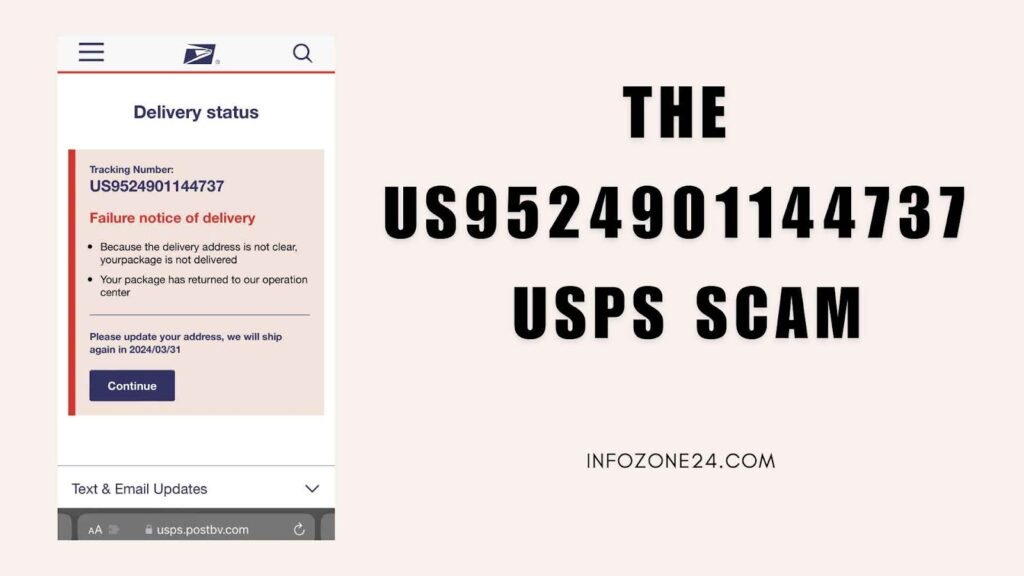It’s no secret that PayPal isn’t the most reliable company. Its customer-friendly interface often comes at an added expense, while customers might wonder what data is being collected and whether it can be used in fraud or laundering. With this in mind, here are a few options for remittance transfers that are easy to use and inexpensive as well.
In recent years, there has been a proliferation of mobile apps offering peer-to-peer (P2P) money transfer services. Venmo and Zelle are two of the most popular P2P payment apps, but how do they compare?
When it comes to P2P payments, both Venmo and Zelle have a lot to offer users. Both apps allow users to send and receive money quickly and easily. However, there are some key differences between the two apps.
Firstly, Zelle is integrated with a number of major U.S. banks, while Venmo is not. This means that if you have an account with a bank that partners with Zelle, you can typically link your account and start using the service right away. With Venmo, you’ll need to set up an account with the app itself.
Another difference is that Zelle offers instant transfers, while Venmo does not. With Zelle, you can typically transfer funds from your bank account to another person’s bank account instantly. With Venmo, it can take up to three days for the funds to become available to the recipient.
Moreover, Zelle charges no fees for its service, while Venmo does charge a fee for some transactions (although it’s often waived). So, if cost is a consideration, Zelle may be the better option.
Overall, both Venmo and Zelle offer convenient and easy-to-use P2 P payment solutions. Which one you choose may come down to personal preference or which features are most important to you.
History of PayPal
PayPal has a long and storied history, dating back to its founding in 1998. The company has been through several iterations since then, including being acquired by eBay in 2002 and spinning abck out as an independent company in 2015. PayPal has always been at the forefront of digital payments, and was one of the first companies to offer a money transfer service.
PayPal’s original money transfer service was launched in 2000, and allowed users to send money to anyone with an email address. The service was later expanded to include a mobile app, and became one of the most popular ways to send money online. In 2014, PayPal launched a new service called Venmo, which allowed users to send money to friends and family using their phone number or email address.
In 2017, PayPal launched Zelle, a new service that allows users to send money directly from their bank account to someone else’s bank account. Zelle is similar to Venmo in that it allows for easy peer-to-peer payments, but doesn’t require both parties to have a PayPal account.
What is Zelle?
Zelle is a new digital payment service that allows you to send and receive money between U.S. bank accounts using your email address or mobile number. It’s fast, safe, and simple – and best of all, it’s free!
Now that we’ve answered the question “what is Zelle?”, let’s take a closer look at how it works. When you want to send money to someone, you simply enter their email address or mobile number into the Zelle app or website. The recipient will then get a notification letting them know that they’ve been sent money. They can then choose to accept or decline the payment. If they accept, the money will be deposited directly into their bank account within minutes!
There are no fees for sending or receiving money with Zelle, and you can use it with most major U.S. banks! So if you’re looking for a fast, easy, and free way to send money to friends and family, look no further than Zelle!
Pros and Cons of Zelle
There are a number of reasons to consider using Zelle as your remittance transfer solution.
- It is fast and convenient. You can send money directly from your bank account to another person’s bank account in minutes.
- It is typically free or low-cost to use. There are no fees to send or receive money with Zelle if you use an eligible bank or credit union.
- It is a secure way to send money. Your bank or credit union’s fraud protection will apply to any transaction you make with Zelle.
That said, there are also some potential drawbacks to using Zelle.
- Not all banks and credit unions offer the service. So, if you want to use Zelle, you’ll need to make sure that your financial institution offers it.
- You can only send money to someone who also uses Zelle. So, if your friends or family don’t use the service, you won’t be able to send them money through Zelle.
What you can do with Zelle!
Zelle is a mobile payment service that allows users to send and receive money from friends, family, and other people they know and trust. The service is available through a number of banks and credit unions, making it a convenient way to transfer money without having to set up a new account or sign up for a service like PayPal.
With Zelle, you can:
- Send money to friends and family
- Request money from others
- Split bills with roommates or friends
- Pay for goods and services online or in person
- Receive money directly into your bank account
History of Venmo
Venmo was founded in 2009 by two University of Pennsylvania students, Andrew Kortina and Iqram Magdon-Ismail. Venmo became a subsidiary of PayPal in 2013. The service allows users to transfer money to one another using a mobile phone app.
Venmo’s popularity has grown in recent years, due in part to its ease of use and its social media integration. With Venmo, users can not only send and receive money, but also keep track of past payments and view the activity feed to see what other Venmo users are up to.
While originally designed as a way to pay friends back for things like dinner or tickets, Venmo has also become popular among businesses as a way to accept payments or make refunds. That said, there are still some limits on what you can use Venmo for – you can’t use it to pay for goods or services, or send money to someone who isn’t already a registered Venmo user.
Pros and Cons of Venmo
There are now several digital options available when it comes to sending money to friends or family. Venmo is one of the most popular apps used for this purpose, but Zelle has recently entered the market as a viable competitor. So, which should you use? Here’s a look at the pros and cons of each option:
Venmo:
Pros:
- Free to download and use
- Can be used with major credit and debit cards
- Transfers are instant
- Offers a social feed so you can see what others are paying for
- Seamlessly integrates with PayPal
Cons:
- Security can be an issue since transactions are not encrypted end-to-end
- Money can only be transferred to other Venmo users
- You may be charged a fee if you use a credit card rather than a bank account or debit card
Zooey Deschanel commercial for Venmo
Zooey Deschanel is the latest celebrity to jump on the Venmo bandwagon. The actress and singer has been tapped by the mobile payment company to serve as its new brand ambassador.
In a series of six commercial spots, Deschanel will extol the virtues of using Venmo to pay friends back for things like drinks, cabs, and meals. “Paying friends back has never been easier,” she says in one ad. “No more IOUs or awkwardly asking for cash.”
With Venmo, users can link their bank account or debit card and pay others directly with just a few taps on their smartphone. The service is free for basic use, but there’s a 3% fee for credit card transactions.
It’s not immediately clear how much Deschanel is being paid for her endorsement deal, but it’s likely that she’ll be raking in a pretty penny given her sizable social media following (she has nearly 8 million followers on Twitter). And she’s not the only celeb cashing in on Venmo’s popularity – Justin Bieber and Lil Wayne have also been paid to promote the app in the past.
Cash App vs Venmo vs Zelle?
If you’re looking to send money to someone quickly and easily, you have a few different options available to you. Two of the most popular are Cash App and Venmo, but there’s also Zelle – a new service that’s backed by major banks.
So, which one should you use? Here’s a comparison of Cash App vs Venmo vs Zelle:
Ease of Use: All three platforms are easy to use, but Cash App is probably the simplest. With Venmo, you need to connect your bank account or debit card in order to start using it. With Zelle, some banks require you to enroll through their app or website before using it.
Fees: All three platforms charge fees for certain transactions. Cash App charges a fee for instant transfers, while Venmo and Zelle don’t. When it comes to foreign transactions, Cash App and Zelle don’t charge any fees while Venmo does.
Security: All three platforms take security seriously, but Cash App may have an edge here. It uses encryption technology to protect your information and offers fraud protection services. In contrast,Venmo’s terms of service state that it doesn’t guarantee the security of your transactions.
The bottom line is that all three platforms are good choices for sending money quickly and easily. If ease of use is your top priority, go with Cash App. If security is most important to you, then Cash App or Zelle may be the better choice. And if you’re looking to avoid fees, then Venmo is probably your best bet.
Conclusion
We hope that this article has helped you understand the difference between Zelle and Venmo so that you can choose the best solution for your needs. While both services are similar, they each have their own unique features that make them better suited for certain situations. If you need to send or receive money quickly, then Zelle is the better option. However, if you’re looking for a service with more social features, then Venmo is the way to go. Whichever service you choose, we’re sure you’ll be happy with the results!
Michael C Vang is a passionate blogger. He has been blogging since 2013 on a variety of topics. He is committed to creating informative and engaging content that helps readers learn more about everything.



